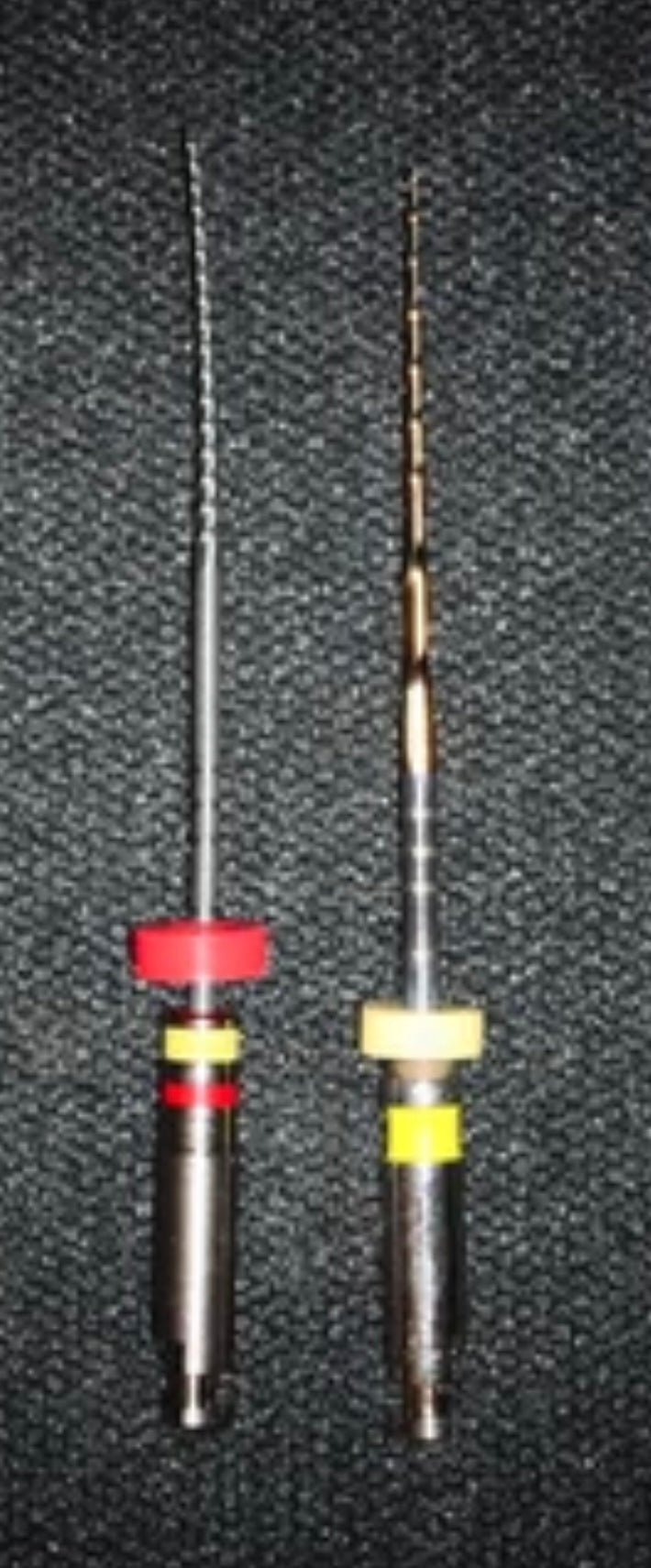The short answer is there is no best file. There are lots of great instruments available on the market but the key is to understand what the different systems offer and use the file with the most appropriate characteristics in the most suitable situation.
Creating a protocol for mixing and matching different endodontic files is important to ensure optimal canal treatment. Here's a protocol for using the Minikut MB2 file as the orifice opener, the Minikut 15.05 25mm as the glide path file, d-Finder Hand Files, the Toothsaver file 20/04 or 25/04 as the finishing file.
Endodontic File Protocol: Mixing and Matching for Optimal Results
1. Preliminary Assessment:
- Begin by assessing the tooth's clinical and radiographic characteristics to determine the complexity of the root canal system and the degree of canal curvature.
2. Selection of Orifice Opener:
- The Minikut MB2 file can be used as an orifice opener for all canals, not limited to MB2, thanks to its unique characteristics, including a dynamic tip and square cross-sectional geometry.
- Rotate the Minikut MB2 file at speeds up to 1000 rpm to expedite the creation of the orifice opener, especially if there is significant intra-canal calcification or cervical impediments.

3. Creating a Glide Path:
- Use the Minikut 15.05 25mm (EZP) Rotary File as a glide path file prior to any hand instruments.
- Unique in its toughness, sharpness, and resistance to cyclic fatigue, while offering the clinician the ability to pre-bend, miniKUT EZP is the ideal rotary negotiating file to treat torturously curved canals while preserving natural anatomy.
- The duckbill tip and square cross-sectional geometry of the EZP file provides the strength to resist breakage during rotary negotiation procedures while preventing ledging.
- The file tip is non cutting and it has soft transitional angles to facilitate safe canal negotiation.
- Can be used as first file to length (FFL) before any coronal shape has been cut.
- Rotary negotiation with miniKUT EZP files can easily save significiant treatment time in a difficult molar


4. Use D finder hand files if necessary
In many cases the 15.03 25mm can be used as a FFL without the use of any hand files but if a canal is narrowed by calcification and hand files are necessary the D finders are excellent in this situation.
The combination of the specially treated stainless steel and the D-shaped cross section of the D-Finder increase stiffness up to 50% compared to conventional K-files.
This property improves the penetration force which is needed especially to prepare the glide path of root canals which are narrowed by calcification.

5. Canal Shaping with Finishing Files:
- Choose between the Toothsaver file 14/3, 20/04 or 25/04 for canal shaping, depending on the specific case.
- Toothsaver files are heat-treated memory-controlled Ni-Ti files designed to preserve coronal dentin conservatively.
- Consider using the VS Flexi Blue 20/06 or 25/06 for an even more conservative finish. These files have a regressive taper in the coronal direction and only cut in the bottom 3mm of the canal.
- Most straight forward cases can be finished on 25/4. For very challenging systems you can consider a sequence of 14/3, 18/2, 20/3 and then deciding if this shape is adequate to complete the disinfection protocol.
6. Adaptation to Clinical Needs:
- The selection and sequence of these files should be adapted to meet the specific clinical requirements of each patient and case.
- Let the anatomy dictate the file sequence that you use, not the manufacturers.
- Ensure that the files are used with precision, taking into consideration the patient's comfort, the need for apical cleanliness, and the preservation of tooth structure.
7. Continuous Assessment:
- Continuously assess the progress of canal preparation using the apex locator, radiographs and tactile feedback, adjusting the protocol as needed to ensure safe and effective treatment.
By following this protocol, endodontists and general dentists can mix and match different endodontic files to tailor their approach to the unique needs of each patient and achieve successful root canal treatments while preserving the integrity of the tooth's structure.

